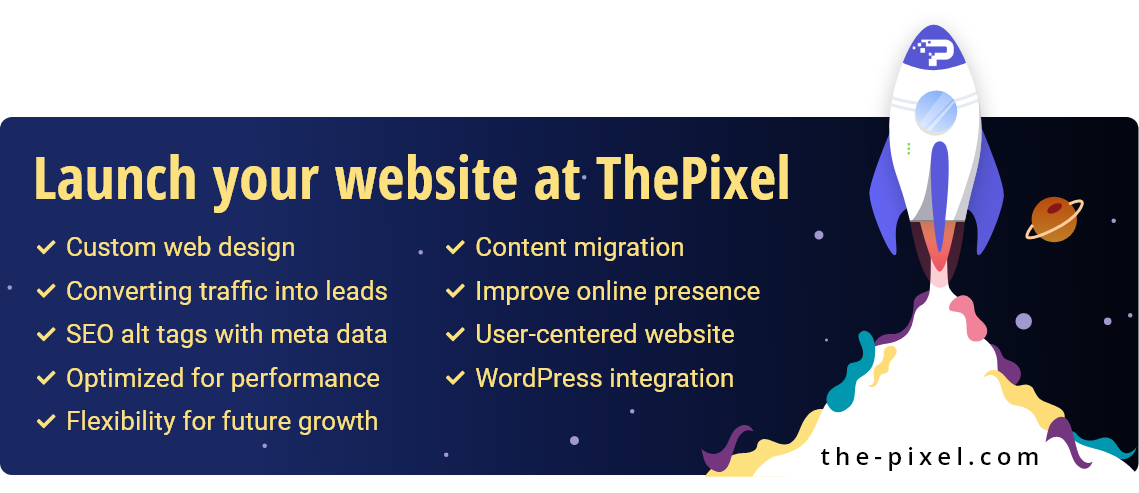How to Craft SEO-Friendly Content for a Local Business Website
How to Craft SEO-Friendly Content for a Local Business Website
A website with thin content will struggle to gain top rankings.
Content is the most important thing on a business’ website. Period. Learning how to craft SEO-friendly content is essential for every local business owner. Why? Because search engines will rank a website in the top positions through rich content, among other factors.
And here’s an alarming statistic. Today only 20 percent of readers are finishing an article, with the average visitor reading just 25 percent. The study by Sumo only confirms what we’ve been dreading for some years – that video content and image galleries are killing the written word. The reason behind this? It’s that reading can take too long for today’s super-empowered consumer. By watching a 3-minute video, you can digest the same amount of information contained in an article that might take 5 minutes to read through.
With numbers like those, it’s only logical that local businesses would try to keep content to a minimum on their websites. A few key bullet points and some short explanations on the services they perform, and why to choose them over the competition, should be more than enough to secure a potential customer, as they don’t like reading anyway. But there’s a problem with this strategy. When it comes to local search placement, this type of content is considered thin. In fact, it’s been proven that long-form content, especially on blogs, has higher search placement and delivers a longer time on-site.
A website with thin content will struggle to gain top rankings. It will likely lose potential customers to a competitor with more in-depth content – content that includes a variety of keywords and semantic keywords that therefore will rank higher on search engines.
Let’s examine what to do now. Should local businesses focus on crafting content for SEO purposes, or should they focus on crafting content for humans? The solution is simple: Do both. A business’ content should be easy-to-read and interesting, while also including keywords and semantic keywords.
Optimizing content for local business websites like a pro.
Long gone are the days in which a local business could thrive just by having a great storefront and the right location. While it can indeed feel like Google is trying to replace the local business website with a Google My Business listing, local businesses still need a website, absolutely.
We can all agree that the goal is getting found online – and consumers are out there trying to find businesses. Did you know that 97 percent of consumers searched online to find a local business? This means that for local businesses, SEO is more important than ever.
So, ranking in the top positions on search engines is essential for a local business, and the only way to do that is with a website. Take a look at this breakdown of content must-haves that every business should have on their website.
When it comes to NAP, don’t nap.
NAP (name, address and phone number) information is indispensable to the prospect trying to find a nearby business. It’s also important for the business trying to get found in “near me” searches. In case you have doubts about this particular search component, realize that “near me” searches are up 900% from 2015. You read that right – “near me” is up 900%. Consumers want it close, accurate and fast.
NAP should be displayed on every page of the website in the footer. Ensure that NAP details are consistent throughout the website, and in online business directories. Adding these features to the header or footer is helpful to visitors, and it also provides a service to the search engines that want to include accurate business data in their local search results. Remember to put schema markup in place, too.
Rock the about us page
Most websites have a dedicated “About Us” page, but it’s often brief and rushed. Explaining the nature of the business and its location doesn’t help with conversions or with SEO. Rather, the About Us page should tell a compelling story about the business, include awards, recognition, and a summary paragraph about products and services offered as well. The website’s analytics will show that most visitors check out these types of pages when considering switching companies, or when purchasing from a company that they haven’t used before. Including trust badges and other types of credentials should definitely be included here.
Reviews are a winner.
Who doesn’t like reviews? And reviews are a big deal for local businesses, with 85 percent of consumers trusting online reviews as much as personal recommendations! Having a “Reviews” page is fundamental for a business, as it could compile opinions from third-party sites, while also including testimonials from clients and business partners.
Along with their benefit to site visitors, reviews will naturally reference several keywords, particularly local areas and long-tail search terms. For additional SEO purposes, schema markup can be used to show star ratings within the search results. However, make sure you’re not using schema markup on reviews that you are pulling from third-party sites, as Google and other search engines will most definitely ding you for this.
Be sure to incorporate a way to collect new reviews from customers on the website, or via a third-party tool. This is also super-important for our super-empowered consumer.
Local landing pages are a must.
If a business has multiple offices or areas they serve, creating individual landing pages for each allows them to focus on specific geographic areas. A business with several branches, for example, should build landing pages with information pertinent to each area and venue.
Often, companies will work from one location but target many surrounding towns or cities. These operations could add a limited number of individual area landing pages. Be careful, as too many could appear spammy. This practice is a must for service-based businesses, especially those that travel to customer homes or workplaces. For example, a plumbing or HVAC repair company should use service area landing pages.
Besides including the service area on these pages, adding reviews, coupons, community resources and so on will help drive organic site traffic – and help them place higher in search.

Blogging is a traffic driver.
A blog is an excellent addition to any local business website because it offers the chance to add lots of content focused on the business’ niche and location. Blog posts can rank for a great many long-tail keywords, each bringing in small amounts of targeted traffic. A blog could include business news, product updates, list-type posts – for example, 10 Reasons to Clean Your Pipes Each Year – and infographic posts. (BTW… creating branded infographics and making them available to others for embed is a great way to build backlinks.) Also include interviews with experts, and you cannot forget to address those FAQs – the questions prospects will ask when deciding which business to buy from.
Finding the right balance is key.
Adding the above elements to a local business website can ensure the business reaches a much broader audience. While single-page websites with focused landing pages often do a good job of selling offers, they are not the key to getting organic site traffic.
Most consumers want to know local businesses better, so elements like About Us pages, Reviews, and a blog can help people build a connection with the company, and build brand loyalty.
And remember, we are speaking about balance. To convert site visitors into customers, the most important thing is to strike a balance between providing the right information and the calls-to-action that deliver.
Hire ThePixel to build your next website!
Since our founding in 2008, we’ve created and launched many types of business websites. Over the last decade and we’ve learned a thing or two! That’s why we’re masters of our craft, let us help you build the website of your dreams – one that generates traffic, leads and conversions.
Are you ready to start? If yes, contact ThePixel and one of our representatives will guide you through the website phases and how the process works either by a Zoom Meeting or phone.


